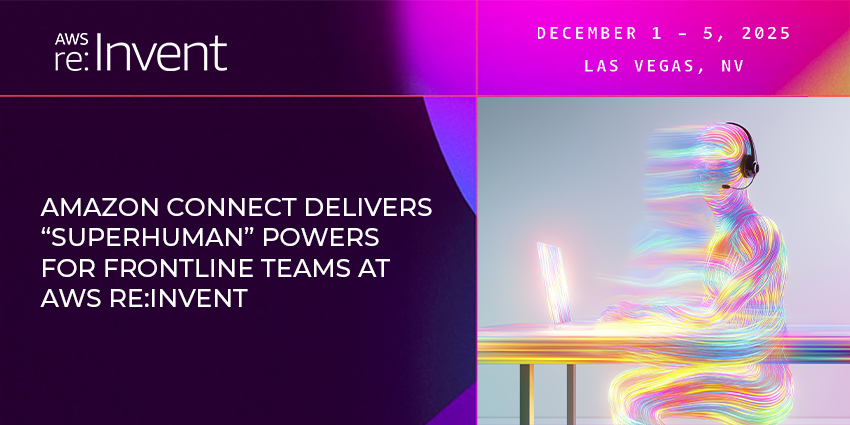COVID-19 has had a devastating impact on the global economy, just as much as it has on individuals. Nations have been pushed into recessions that could take years for them to come out of, while lockdowns have triggered increased unemployment rates and isolated families. Many nations are now in the process of fighting back and recovering, with the help of incredible vaccination roll outs. Countless businesses far and wide still have a battle on their hands due to the virus changing the very face of consumerism. In addition, a type of consumer has emerged more than ever due to the pandemic – the vulnerable customer.
In this exclusive interview, CX Today welcomes Frank Sherlock, VP of International, CallMiner, to discuss how businesses can identify a vulnerable customer, what challenges they face and what tools and technologies organisations can use to best aid these consumers.
Unlocking the Power of Emotion
Perhaps unsurprisingly, the CallMiner 2020 Churn Index revealed that almost half of consumers (46%) stated that they just wanted someone to listen to them when asked about their needs before a call to a call centre.
“Vulnerable consumers are not always going to be that forthcoming about what challenges they face,” Sherlock begins. “This means from a live agent perspective, the need to listen and look for the signs of vulnerability is vital ‘’
Sherlock starts with a vital point, that empathy and ownership are key in managing the vulnerable customer. But let’s take a closer look at what it actually takes to be a vulnerable customer. According to the UK Financial Conduct Authority, the four drivers of vulnerability are:
- Having an ongoing health condition
- Suffering a negative life event
- Low capability
- Low resilience
While some of the points could be the result of the pandemic, others highlight another form of vulnerability – the digitally vulnerable customer.
Sherlock explains: “Let’s think for a moment about the channels being given to customers to communicate, particularly during the COVID era that we’ve been in, which has forced organisations to quickly roll out webchat, apps and more self-service digital channels.
“The problem is that not all customers are capable in communicating in that manner. Some haven’t got the technology, or the skills to use the technology. So, these digitally vulnerable customers are being pushed onto channels that aren’t appropriate for them.”
Sherlock adds “Things are predicted to get worse for nations and their economies in the coming months. In the UK, the unemployment figure stands at 2.4million, and this is expected to rise when the government ends the furlough scheme. This will introduce a tsunami of vulnerable customers. But are businesses best equipped to provide appropriate recognition of and support for these consumers?”
“One of challenges we see with live agents is making sure appropriate action is taken once a vulnerable customer has been identified,” Sherlock says.
“If you look at the energy industry for example, many of these big companies have what’s called a priority services register where they add the details of vulnerable customers and they ensure they’re marked up on the CRM system for future communications and appropriate service provision. This is an excellent approach as it ensures this type of customer is identified proactively and their needs can be addressed.”
Sherlock says “Those organisations best positioned to deal with vulnerable consumers will have two things – one is they would have done all the appropriate training to enable their agents to provide the best possible intervention for customers and second, they’ll supplement that agent training with the right interaction analytics technology that listens to and analyses every conversation. The organisations that invest in this will be best placed to thrive and provide optimal CX to all their customers. And those that do not will fall behind.”
Where AI Comes In
Many businesses make the mistake of only analysing a select sample of interactions. This means they’re missing out on valuable customer insights. It can also make it extremely challenging to recognise trends in vulnerability across the customer base, identify individuals in crisis and establish strategies for how to best serve these customers. Instead, organisations need solutions, like conversation analytics, that help them capture, analyse, and monitor 100% of customer interactions across multiple channels in a single system. Sherlock explains these highly valuable customers are bringing with them a raft of rich data can help organisations make the right decisions. Will machine learning have to be updated to deal with the surge of vulnerable customers? He doesn’t think so.
He explains: “I think the technology is already there. The AI fuelled technology to identify health vulnerability whether it’s physical or mental, vulnerability with age, single parent demographics and digital vulnerability absolutely exists, and is there to support contact centres.”
He adds: “The challenge is not necessarily the desire to detect those vulnerabilities, I think it’s about being able to easily access that data and make it usable and actionable, that’s the biggest challenge.
“It’s also about using this sort of technology to really provide support for the agents too. Can you imagine what it must be like spending all day dealing with customers who are in crisis? It’s emotionally draining for agents as well, so using technology to really train, coach and guide them as best as possible is as important.”
Forgive and Forget
Sherlock also tells us he thinks customer attitudes are at a turning point currently, in that consumers have reverted to the expectations they had been before the pandemic.
“The pandemic was something new to everyone in 2020. I think what we saw in the early stages was a lot of understanding from customers. Almost immediately from the first stages of lockdown, we saw a lot more conversation and rapport around ‘’the situation’’. By and large customers were very understanding of the challenges organisations who serviced them faced.
“But this has changed, and customers are at the same stage of expectation as they were before COVID. Any forgiveness or latitude has now gone, and they are expecting the best CX possible from organisations again.”
Sherlock makes one final point about the social shift in recognising vulnerability. And he uses the example of mental health as an example to illustrate his point.
He says: “Things are changing and so are people’s attitudes. Look at the way mental health awareness has changed. Society recognises anxiety and depression and other forms of mental illness and the impact on individuals much more readily. Mental health is now widely accepted and understood in a similar context to physical health, and rightfully so.”
COVID-19 has given rise to more vulnerable consumers. Failure to manage this type of customer successfully will result in damage to organisations’ reputation, compliance adherence and could result in loss of business at a time when this cannot be afforded. It is up to organisations to obtain the right tools to best equip their agents. Without them, it’s the brand that could itself become vulnerable.
Learn more about how to identify, support and retain vulnerable customers by downloading CallMiner’s whitepaper, The Vulnerability Blueprint: How to Identify Support and Retain Vulnerable Customers.






